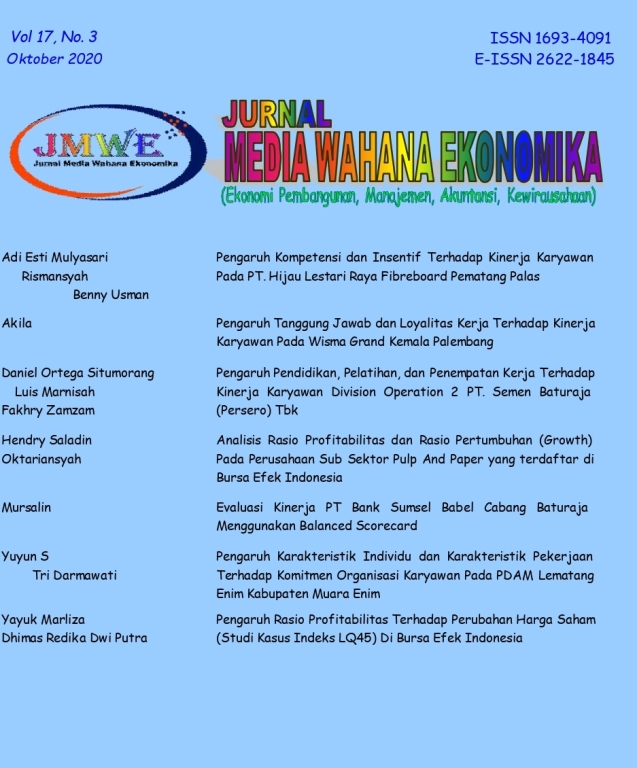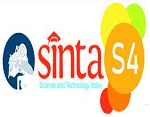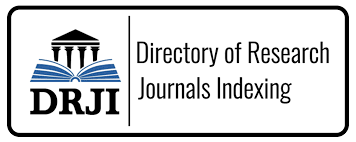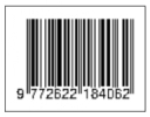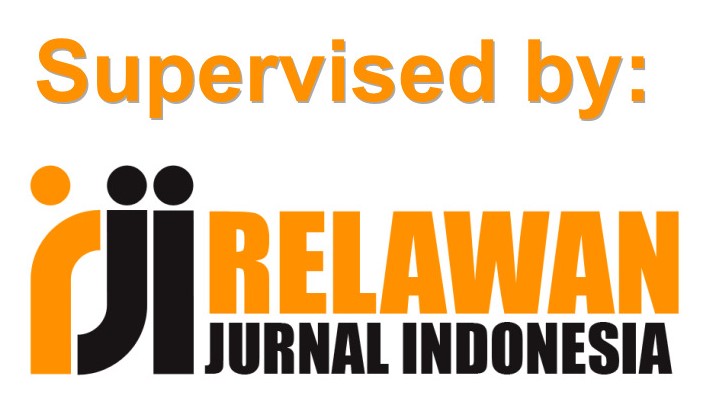Evaluasi Kinerja PT Bank Sumsel Babel Cabang Baturaja Menggunakan Balanced Scorecard
DOI:
https://doi.org/10.31851/jmwe.v17i3.4851Abstract
ABSTRAK
Â
Penelitian ini bertujuan untuk menilai kinerja PT Bank Sumsel Babel Cabang Baturaja menggunakan Balanced Scorecard. Terdapat empat perspektif yang diukur dalam Balanced Scorecard yaitu: Perspektif Keuangan, Perspektif Pelanggan, Perspektif Proses Bisnis Internal serta Perspektif Pembelajaran dan Pertumbuhan. Dari hasil penelitian dapat diketahui bahwa Perspektif Keuangan berupa Return On Asset (ROA) mencapai 8,58% yang menunjukkan kategori baik, Capital Adequency Ratio (CAR) mencapai 20,46% yang juga menunjukkan kategori baik, Loan to Deposit Ratio (LDR) mencapai 1,41% yang menunjukkan kategori kurang baik, Kualitas Aset Produktif (KAP) mencapai 1,44% yang dinyatakan baik, dan juga Efisiensi Operasional (BOPO) 48,15% dengan kategori baik. Untuk Perspektif Pelanggan Market Share mencapai nilai 3 dengan kategori baik, namun bank harus lebih meningkatkan Customer Acquisition yang dalam penelitian ini mencapai nilai 1 artinya kurang baik. Perspektif Proses Bisnis Internal menunjukkan Service Error Rate dengan nilai 2 artinya cukup baik dan jarang terjadinya kesalahan dalam pelayanan. Kemudian, Perspektif Pembelajaran dan Pertumbuhan menunjukkan Retensi Karyawan mencapai nilai 2 juga dengan kategori cukup baik, ini berarti menujukkan peningkatan produktivitas karyawan selama tiga tahun yang menghasilkan kategori cukup baik.
Â
Kata kunci : Evaluasi Kinerja, Balanced Scorecard.
Â
ABSTRACK
Â
This study aims to assess the performance of PT Bank Sumsel Babel Baturaja Branch using the Balanced Scorecard. There are four perspectives measured in the Balanced Scorecard: Financial Perspective, Customer Perspective, Internal Business Process Perspective and Learning and Growth Perspective. From the results of the study it can be seen that the Financial Perspective in the form of Return On Assets (ROA) reached 8.58% which showed a good category, Capital Adequency Ratio (CAR) reached 20.46% which also showed a good category, Loan to Deposit Ratio (LDR) reached 1.41% which shows the unfavorable category, Earning Assets Quality (KAP) reached 1.44% which was declared good, and also Operational Efficiency (BOPO) 48.15% with good category. For the Market Share Customer Perspective reaching a value of 3 with a good category, but banks must further improve the Customer Acquisition which in this study reached a value of 1 means that it is not good. The Internal Business Process Perspective shows that the Service Error Rate with a value of 2 means that it is quite good and rarely errors in service. Then, the Learning and Growth Perspective shows that Employee Retention reaches a value of 2 also with a pretty good category, this means showing an increase in employee productivity over three years which results in a pretty good category.
Â
Keywords: Performance Evaluation, Balanced Scorecard.References
Abdul, Achmad Fakhri. 2009. Sistem Pengendalian Manajemen.Edisi Revisi. UPP STIM YKPN. Yogyakarta.
Hansen dan Mowen. 2009. Akuntansi Manajerial. Edisi Kedelapan. Salemba Empat. Jakarta.
Kaplan dan Norton. 2010. Balanced Scorecard : Menerapkan Strategi Menjadi Aktif.Erlangga. Jakarta.
Mulyadi. 2010. Sistem Perencanaan dan Pengendalian Manajemen Sistem Pelipatganda Kinerja Keuangan.Edisi Ketiga. Salemba Empat. Jakarta.
Sony, dkk. 2010. Petunjuk Praktis Penyusunan Balanced Scorecard.Cetakan Kelima. PT Gramedia Pustaka Utama. Jakarta.
Sugiyono. 2010. Metode Penelitian Bisnis. Alfabeta.Bandung.
Veithzal dan Arviyan. 2010.Islamic Banking : Sistem Bank Islam. Edisi Kesatu. Bumi Aksara. Jakarta.
Downloads
Published
Issue
Section
License
The copyright of the received article shall be assigned to the publisher of the journal licensed under a Creative Commons Attribution-NonCommercial 4.0 International License in line with the license, authors and any users (readers and other researchers) are allowed to share and adapt the material only for non-commercial purposes. In addition, the material must be given appropriate credit, provided with a link to the license, and indicated if changes were made. If authors remix, transform or build upon the material, authors must distribute their contributions under the same license as the original.

